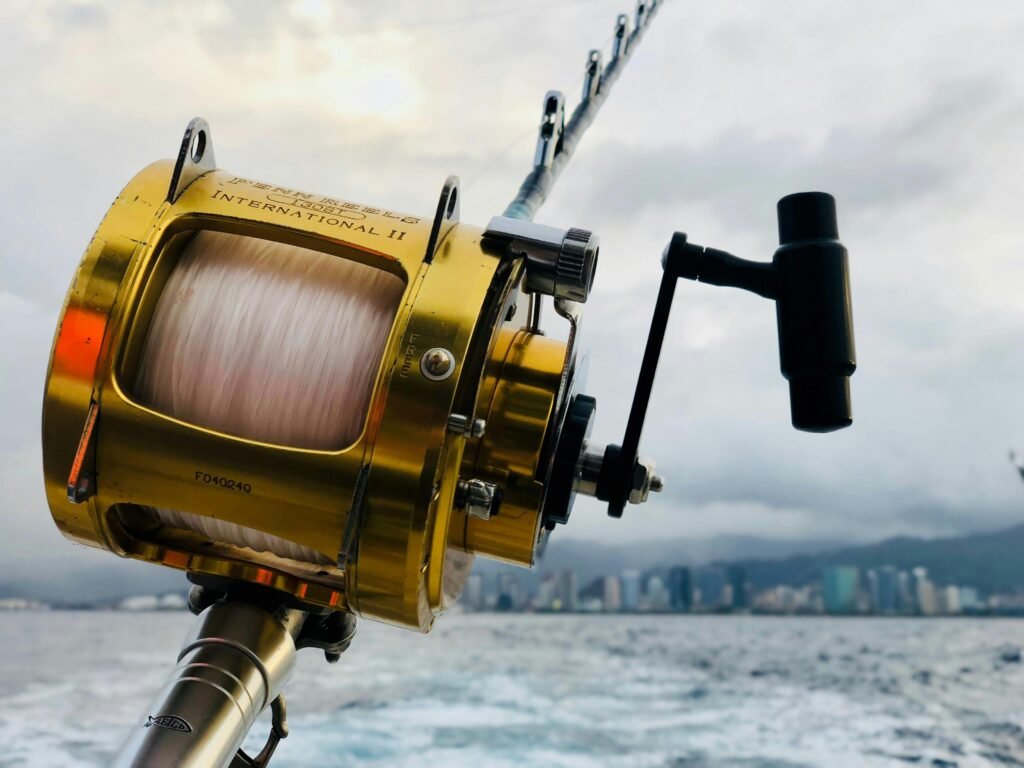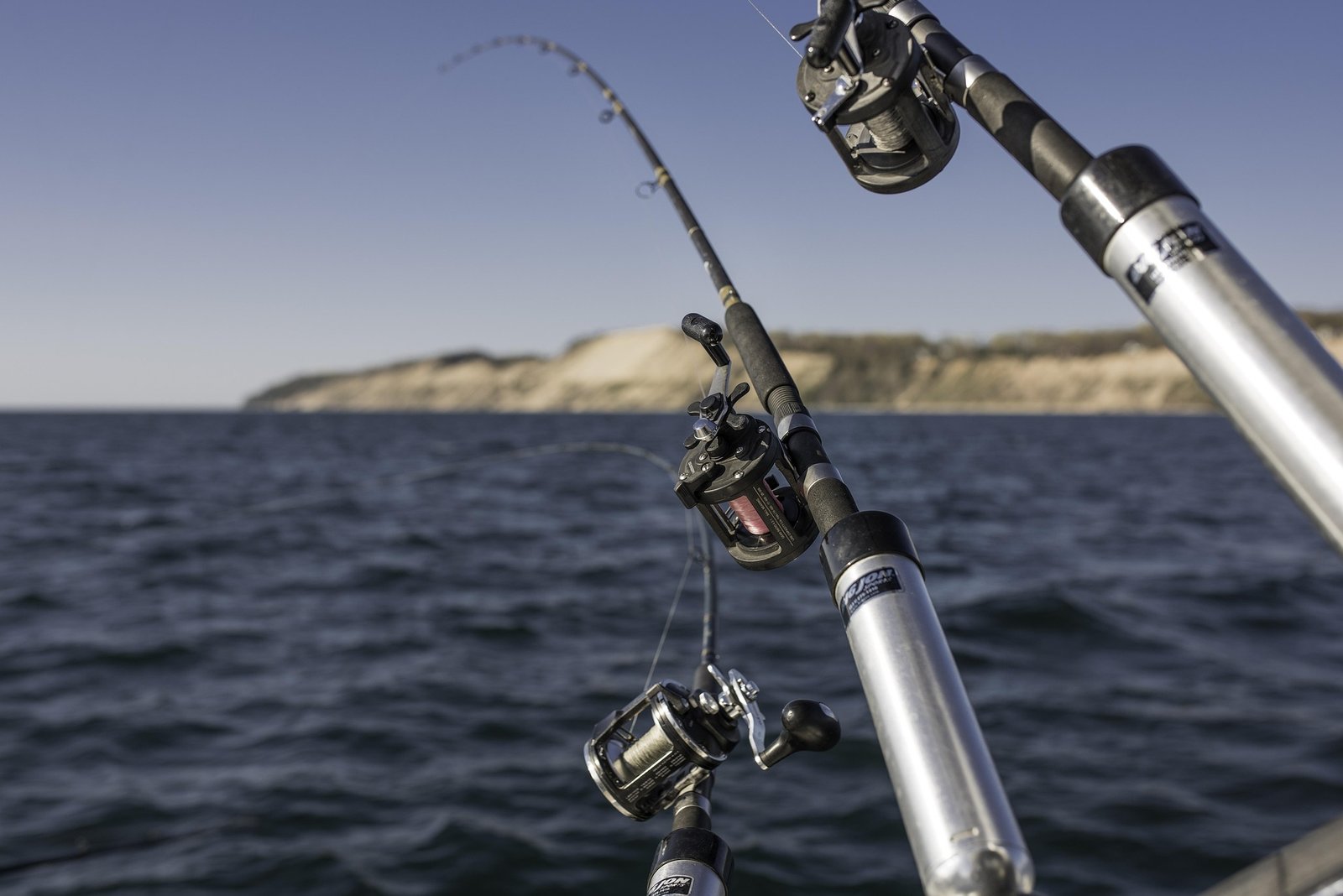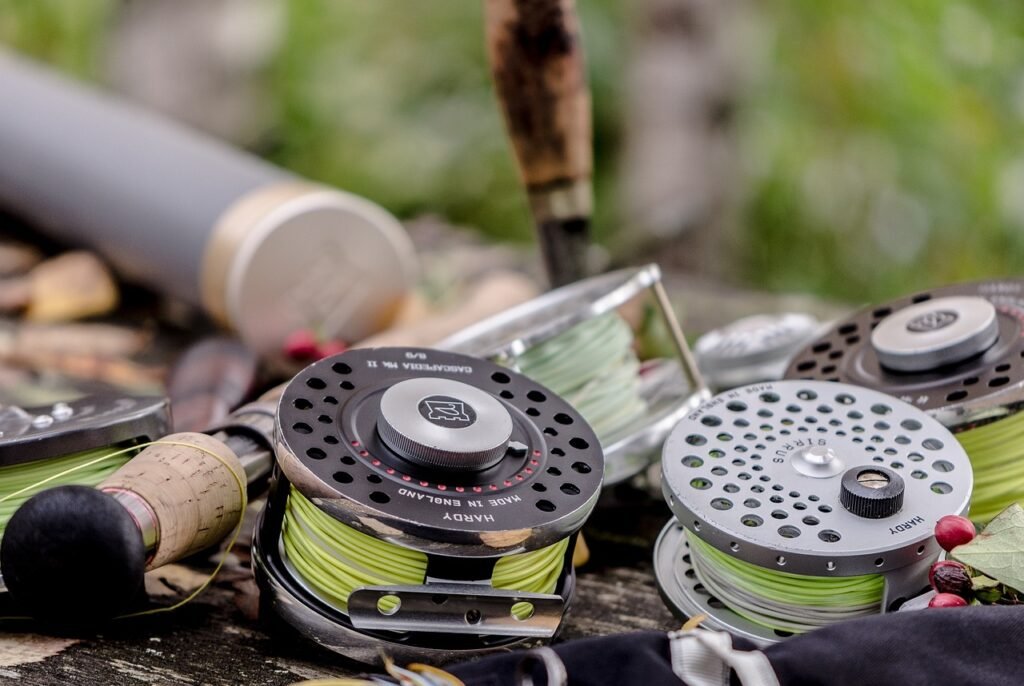Trolling fishing is a popular fishing technique where anglers drag lures or baited lines behind a moving boat to mimic the movement of prey and attract fish. This method is highly effective in both freshwater and saltwater environments, making it a favorite among anglers targeting species like salmon, walleye, tuna, and marlin. By covering large areas of water, trolling increases the chances of encountering fish, especially in open waters.
Trolling offers several advantages that make it a go-to method for many anglers. First, it allows you to cover a wide area, increasing your chances of locating fish. Second, it enables you to target multiple species simultaneously by using different lures and depths. Finally, trolling is versatile and can be adapted to various water conditions, making it suitable for both beginners and experienced anglers.
To get started with trolling, you’ll need the right gear. Here’s a breakdown of the essentials:
- Rods and Reels: Medium to heavy-action rods paired with sturdy reels are ideal for handling the stress of trolling.
- Fishing Line: Braided or monofilament lines are commonly used, with braided lines offering better sensitivity and strength.
- Lures: Choose lures that mimic the prey of your target species, such as spoons, plugs, or soft plastics.
- Downriggers and Planers: These tools help control the depth of your lures, ensuring they reach the desired fishing zone.
- Boat T-Top or Folding T-Top: A T-Top provides shade and serves as a mounting point for rod holders, GPS units, and other equipment, enhancing your trolling setup.

Preparing your boat is crucial for a successful trolling trip. Start by ensuring your boat is equipped with a reliable motor and sufficient fuel. Install a T-Top or folding T-Top to provide shade and a stable base for mounting gear. Organize your rods, reels, and lures for easy access, and make sure your downriggers and planers are securely attached. A well-prepared boat not only improves efficiency but also enhances safety on the water.
To maximize your success while trolling, keep these tips in mind:
- Adjust Your Speed: Different fish species respond to different trolling speeds. Experiment to find the optimal pace.
- Vary Your Depth: Use downriggers or planers to target fish at various depths.
- Choose the Right Lures: Match your lures to the natural prey of your target species.
- Monitor Fish Behavior: Pay attention to sonar readings and water conditions to locate active fish.
Even experienced anglers can make mistakes while trolling. Avoid these common pitfalls:
- Trolling Too Fast or Too Slow: Incorrect speed can reduce your chances of attracting fish.
- Using the Wrong Lures: Mismatched lures can fail to entice your target species.
- Neglecting Boat Maintenance: A poorly maintained boat can lead to breakdowns and safety hazards.
- Ignoring Weather Conditions: Always check the forecast and plan accordingly to ensure a safe and productive trip.
Trolling is a versatile and effective fishing technique that can yield impressive results when done correctly. By understanding the basics, investing in the right gear, and optimizing your boat setup, you can enhance your trolling experience and increase your chances of success. Whether you’re a beginner or a seasoned angler, trolling offers endless opportunities to explore and enjoy the thrill of fishing. So, gear up, hit the water, and start trolling your way to a great catch!














Leave a comment